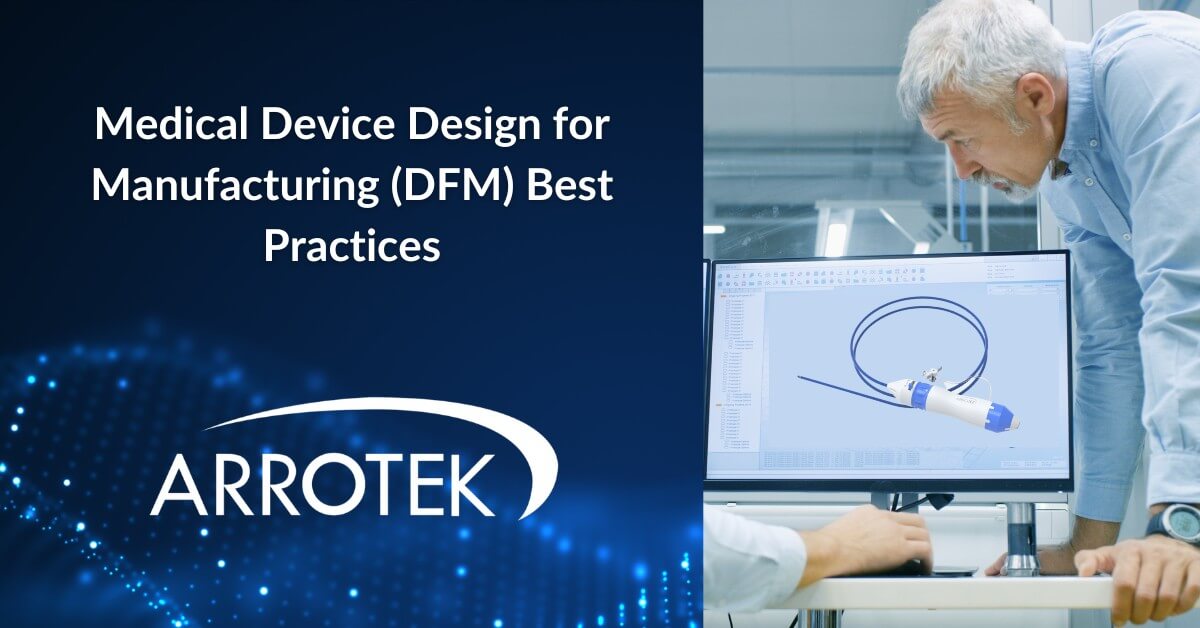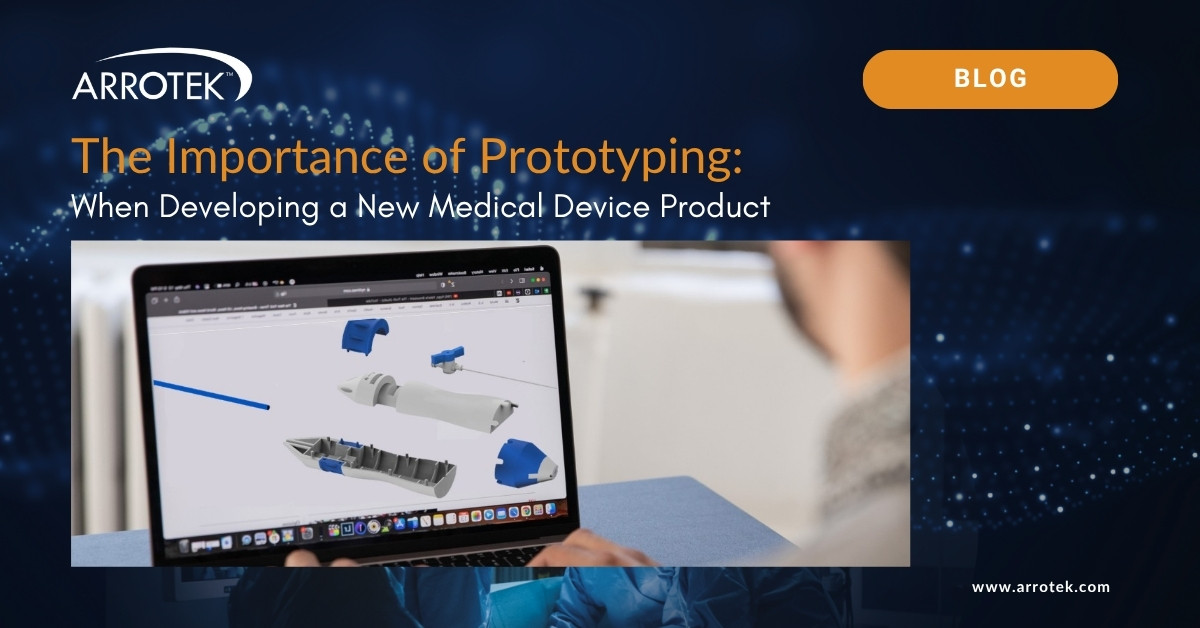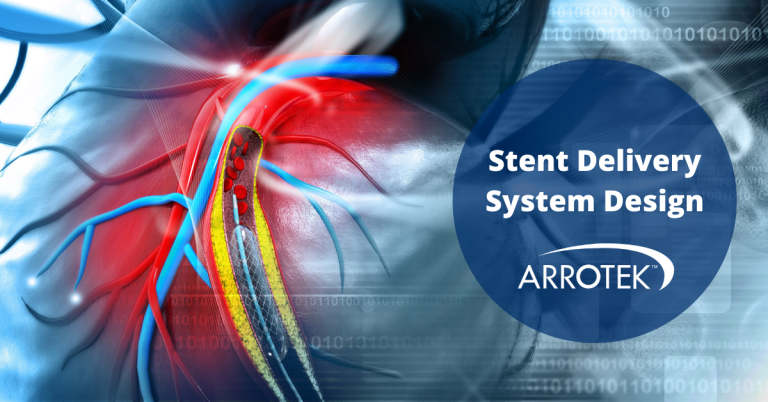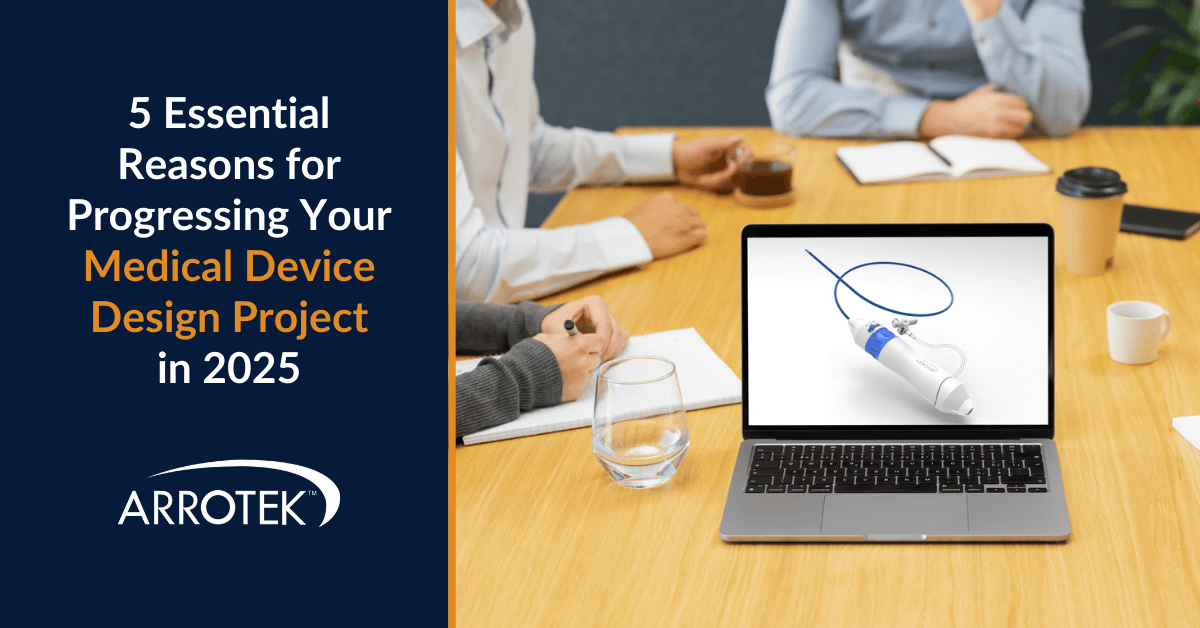Design for manufacturing (DFM) or design for manufacturability involves designing a medical device component or product so it can be efficiently manufactured. Adopting DFM principles during the product design stages of your project ensures a smoother design transfer process and, ultimately, improves the quality of your product once manufacturing begins.
Examples of the questions that engineers will work through as part of the DFM process include:
- Can the product and all its components be manufactured as it has been designed?
- Will the component or product meet the defined functionality requirements?
- Is the manufacturing process cost-efficient?
- What level of variability does the manufacturing process introduce and is that variability within an acceptable range of tolerance?
- Are there changes that can be made to the design to reduce variability?
- Are there changes that can be made to the design to make the product or component easier to manufacture without compromising on performance, variability, etc?
- Can the number of parts or components be reduced?
- Can the parts be standardised and/or designed more symmetrically to reduce orienting, positioning, and fastening during assembly?
DFM Best Practices
Bring DFM Principles and Processes into the Project as Early as Possible
It is never too early to consider DFM in a medical device design project. In fact, by leaving DFM later in the process, the risk of the project overrunning and becoming more costly increases substantially.
This could be for a range of reasons, including simple reasons such as having to wait for a specific process to be completed. Examples include toxicity studies and similar processes that take time to complete.
The project could also overrun because of more complex reasons if you start DFM late in the process. This includes if a significant change has to be made to the design because of issues identified during the DFM process. After all, the later that changes are made to a product’s design, the more time-consuming and costly those changes are to make.
Don’t Only Focus on Cost Per Manufactured Unit
The cost to manufacture each individual product or component is important, but there are other crucial factors that should be considered alongside this calculation. Those factors include yield (good parts vs defective parts), manufacturing process reliability, and overall product quality.
Ensure the DFM Process is Fully Documented
All steps in the design process should be fully documented, including any DFM decisions and considerations. For example, if a change is made to the design based on manufacturing simulation data, it should be possible to see the link in the documentation between the decision and the data.
Think About the Supply Chain
It is important to consider the supply chain as part of DFM processes and decision-making. This includes the availability of materials not just when everything is running smoothly, but also when challenges arise.
Identifying supply chain risks and potential bottlenecks is also important, and it is beneficial to factor in supply chain oversight considerations. For example, how effective is communication and information sharing between supply chain stakeholders?
As part of considering the supply chain, it can often be helpful to consult with key supply chain partners as part of the DFM process. Suppliers can have knowledge that can be helpful to your project as well as ideas that will improve the quality and manufacturability of your product.
Consider All Elements of the Manufacturing Process
Make sure all elements of the manufacturing process are considered. This includes assembly where engineers will often use design for assembly (DFA) principles to ensure the product can be efficiently and effectively assembled.
As well as assembly and the process of actually manufacturing the product, it is also important to consider materials, tooling, metrology, packaging, labelling, and compliance.
Choose a Full-Service Design Partner
Avoiding a siloed approach to product development is important in medical device design projects, where those involved in the project work on their bit with little consideration of anything else. An integrated approach is much more efficient and effective.
Therefore, it is beneficial to choose a design partner with manufacturing and assembly capabilities, experience, and expertise.
Optimise Post-DFM Processes
Post-DFM processes are also important to ensure DFM decisions are fully optimised. This includes the design transfer process as well as first article inspections (FAI) where production processes are validated to ensure they produce the product or components as specified.
Staff training is also essential for operators who will be involved in production and assembly processes, as is ongoing performance monitoring and continuous improvement.
Expertise at Arrotek
At Arrotek, we provide full-service medical device design and manufacturing services, specialising in minimally invasive medical device design, including interventional and diagnostic catheters. We have highly experienced design engineers on our team as well as manufacturing facilities in the US and Europe. As a result, we have extensive DFM knowledge and capabilities that will add value to your project. To speak to one of our engineers about your project, please get in touch.





